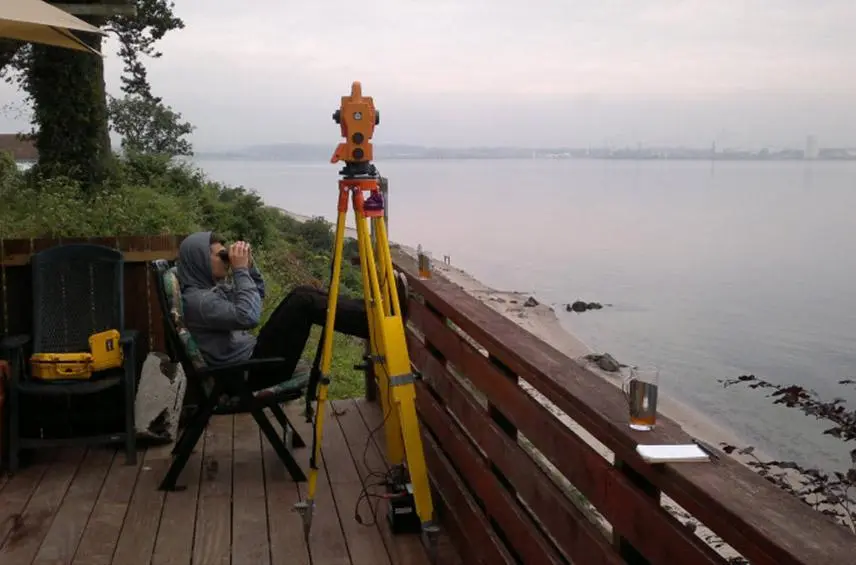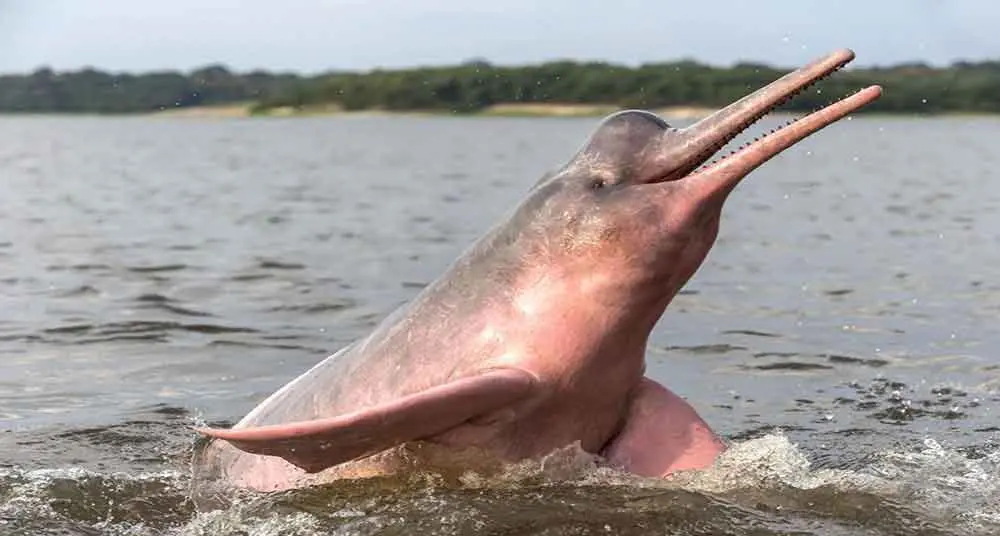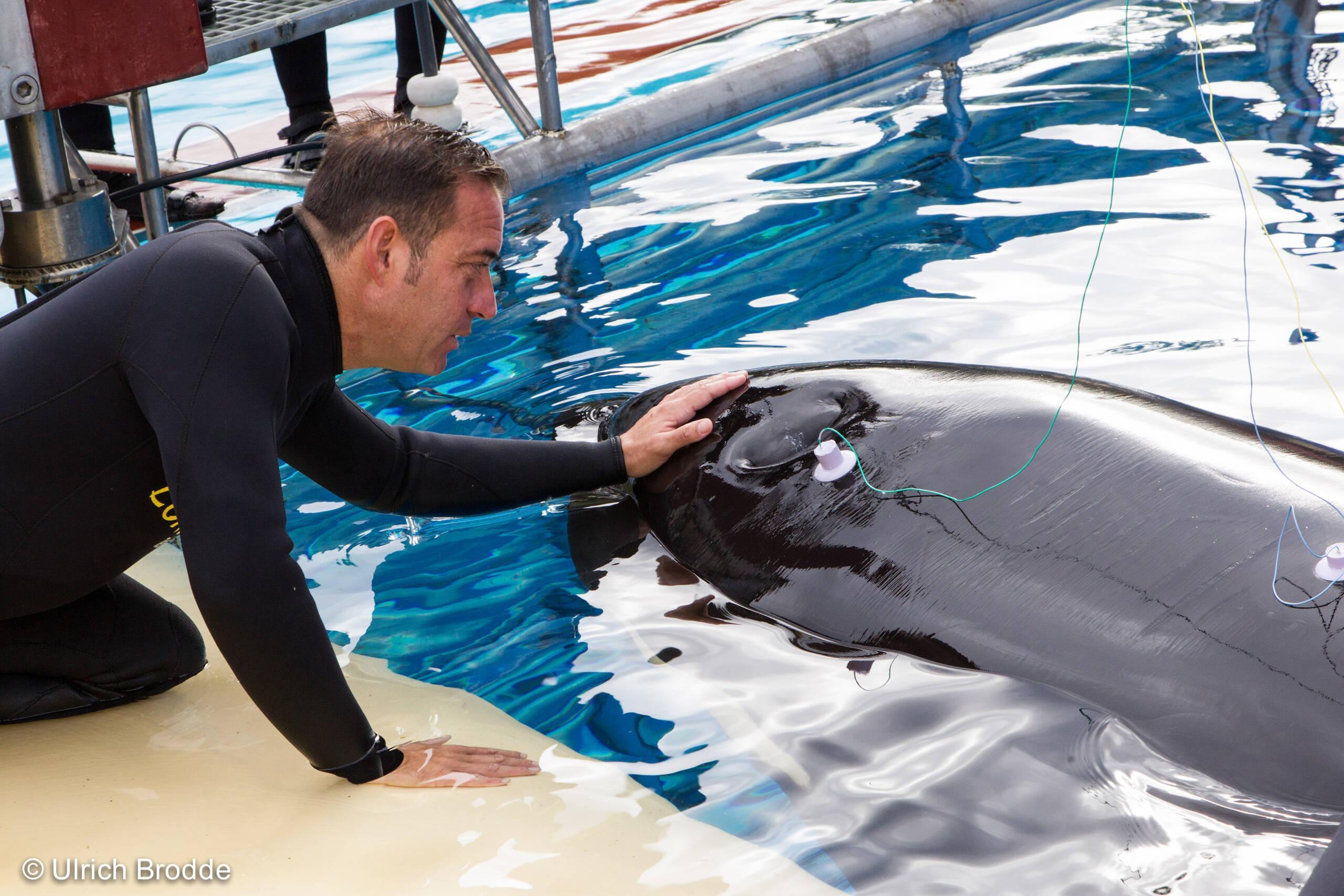
| Category | Completed |
| Date | – |
| Investment | 213.105$ |
The harbour porpoise is a small cetacean that inhabits cold waters, including the Canary Islands. LPF has supported the protection of this species, which frequently falls into fishing nets.

Harbour porpoise, Baltic Sea
The harbour porpoise is a small cetacean inhabiting cold, temperate, and subpolar waters in the northern hemisphere.
Today, the most serious threat to this small cetacean is accidental capture by fishing nets. It is estimated that each year around 300,000 are accidentally trapped and killed in fishing gear. In addition to these threats, the close-to-shore distribution of these animals makes them especially sensitive to chemical pollution, maritime traffic, underwater noise, and overfishing, all of which affect porpoise populations around the world.
Loro Parque Fundación has collaborated in a project focused on protecting porpoises that die trapped in gill nets off the coast of Canada. The research compared various methods of making these fine nets more “visible” to the porpoises’ echolocation system, using new netting materials such as barium sulphate. Methods of stimulating echolocation in the animals were also sought to enable them to detect the nets earlier. As well as the development of systems to reduce bycatch in nets by avoiding the use of devices to scare them away or disturb them.
Although the first system that was developed kept porpoises at a safe distance of about 100 metres from nets equipped with ultrasound emissions, it had certain disadvantages, as it could exclude them from the fishing area, and they could connect the sound to the threatening nets. The maximum distance from which porpoises can detect a net as a barrier or threat using their biosonar is only 2 to 4 metres.
On the other hand, ultrasonic emitters are powerful enough to scare porpoises, driving them towards other nearby nets that are not equipped with emitters and thus placing them again in a vulnerable position. The improved system, which is now being tested on wild porpoises in the Baltic Sea, is aimed at overcoming the shortcomings of artificial pingers by alerting porpoises to the presence of nets using synthetically generated alarm sounds used by the porpoises themselves. Porpoise Electronic Alarms (PALs) are designed to allow the generation of multi-level alarm calls. The porpoises’ reactions are being acoustically recorded underwater, and their swimming and surfacing behaviours are recorded using a theodolite. The generated signal is considered effective if it causes an increase in the porpoises’ echolocation activity, makes the animals change course away from the sound source area, and reduces the time the animals spend in the vicinity of the sound source. These factors are considered to reduce the risk of entanglement.
BLOG
News





